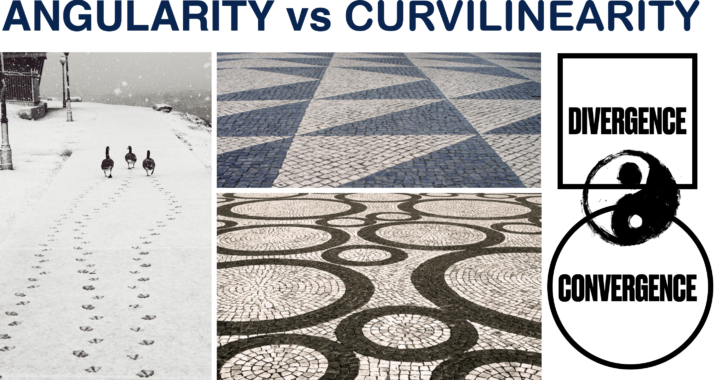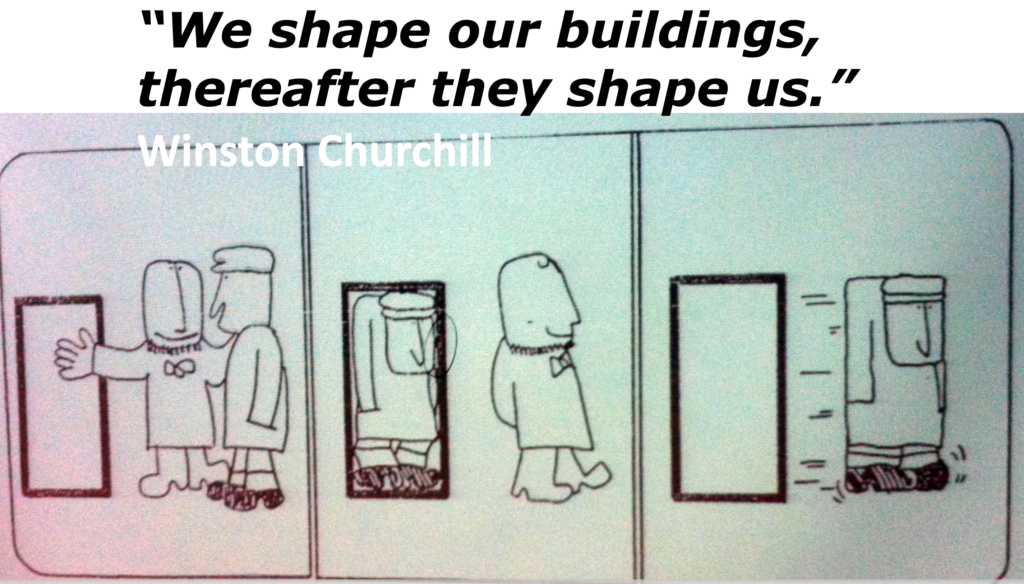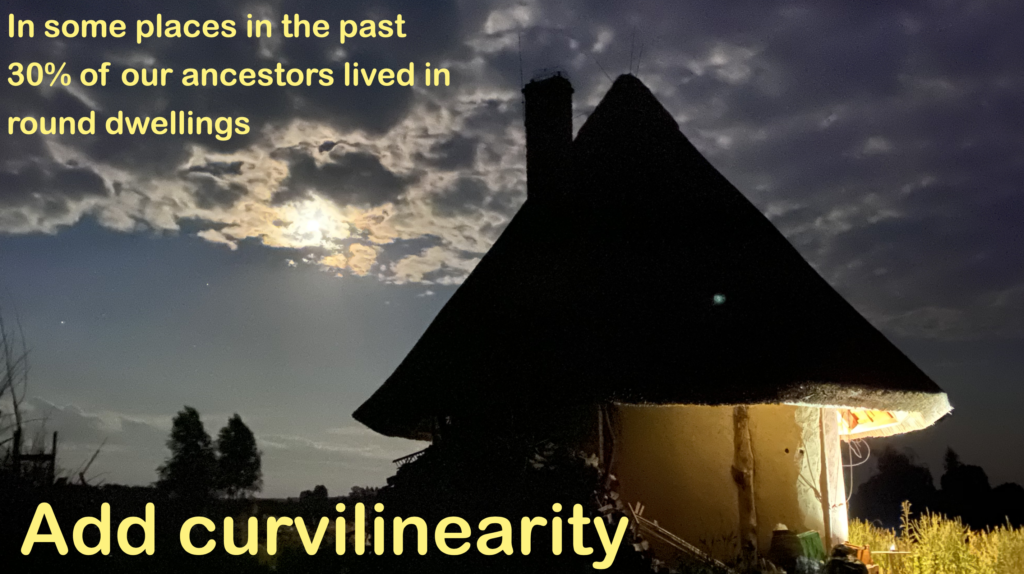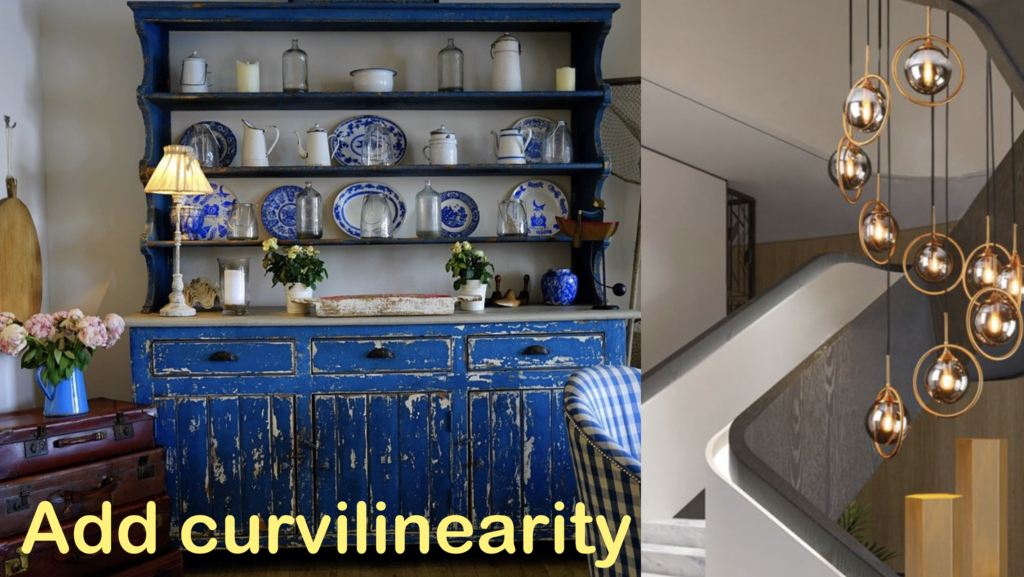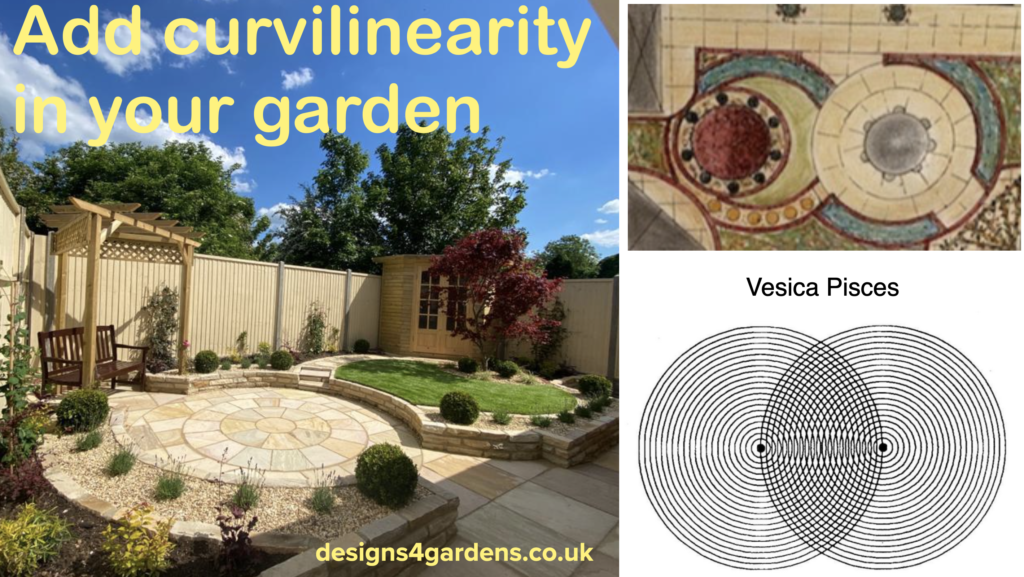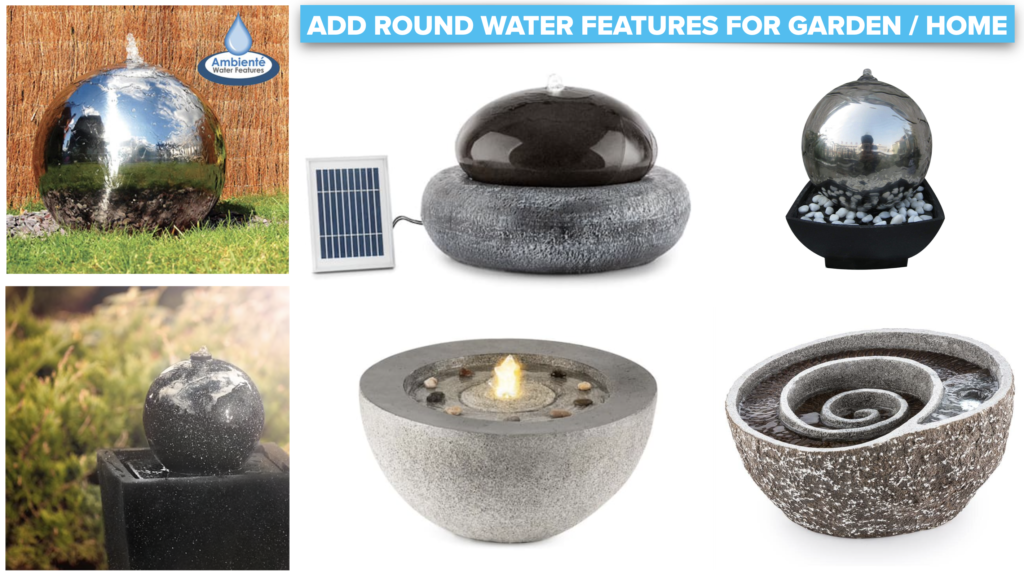Introduction: Winston Churchill once astutely observed, “We shape our buildings, thereafter they shape us,” highlighting the profound impact our environment has on us. This sentiment is echoed in various disciplines, from feng shui to environmental psychology, suggesting a deep connection between the shapes and lines that surround us and our perceptions and behaviours.
The Feng Shui Perspective on Straight Lines: In the practice of feng shui, straight lines are often advised against, as they are believed to channel ‘shar chi’ or negative energy. This principle stems from the observation that straight lines are rarely found in nature. When examined closely, even the straightest of lines reveal irregularities. For instance, a laser beam, though appearing straight, is actually slightly curved due to Earth’s gravitational field. This deviation from natural forms is thought to disrupt the harmonious flow of energy, or ‘qi’, in our surroundings.
Nature’s Efficiency with Curved Lines: Nature tends toward efficiency in its designs, often employing curved lines. The shortest distance between two points may be a straight line, but nature optimizes this principle with curves. Consider the sphere – it’s the shape that encloses the greatest volume with the smallest surface area. This efficiency is mirrored in the roundness of the Earth and the spherical nature of galaxies.
Curvilinearity and Angularity: The Impact of Shapes in Design and Perception
In the realm of design and perception, two fundamental concepts play a pivotal role: curvilinearity and angularity. These principles are not just elements of aesthetic appeal but are deeply ingrained in our cognitive and emotional responses to the environment around us.
Curvilinearity: The Flow of Nature and Comfort
Curvilinearity refers to the use of curved lines and forms. This design element is often associated with naturalness, fluidity, and comfort. Curved lines evoke a sense of movement and continuity, mirroring the organic forms found in nature, such as the gentle curve of a river or the rounded shape of stones smoothed over time. In architecture and product design, curvilinear forms are often perceived as welcoming and soothing. They can create a sense of flow and openness in spaces, encouraging movement and interaction.
Angularity: Precision and Modernism
In contrast, angularity is characterized by sharp lines and geometric forms. Angular designs are often associated with modernism, precision, and efficiency. They convey a sense of stability, strength, and durability. In architecture, angular structures can make a bold statement, standing out with their defined edges and clear lines. However, they can also be perceived as imposing or aggressive, lacking the natural softness of curvilinear forms.
Psychological Implications
The impact of these shapes goes beyond mere visual appeal; they can significantly influence our psychological responses. Research in environmental psychology suggests that people generally find curvilinear forms more relaxing and comforting. This preference could be linked to our evolutionary predisposition towards natural environments, which are replete with soft curves and smooth contours.
Conversely, angular shapes, while often seen as sleek and modern, can sometimes evoke feelings of unease or discomfort due to their sharpness and association with man-made environments. However, they can also be perceived as more dynamic and exciting, suggesting a balance between comfort and stimulation in design choices.
Application in Various Fields
Architecture and Urban Planning: Curvilinear designs in architecture can make buildings and spaces feel more integrated with the natural world, whereas angular designs can give a sense of modernity and progress. Urban planners often use a mix of these elements to create spaces that are both functional and aesthetically pleasing.
Interior Design: The choice between curvilinear and angular furniture can drastically change the ambience of a room. Curved sofas and rounded tables often create a more informal and relaxed setting, while angular furniture can lend a room a more structured and formal air.
Product Design: The application of curvilinear and angular designs in products can influence user experience. For example, a curvilinear design in a smartphone can make it more comfortable to hold, while an angular design can give it a sleek, modern look.
Balancing the Two
In practice, the most successful designs often find a balance between curvilinearity and angularity, leveraging the strengths of each to create environments and products that are both functional and emotionally resonant. This balance can cater to diverse preferences and needs, creating spaces and objects that are not only efficient and practical but also comforting and aesthetically pleasing.
Conclusion
Curvilinearity and angularity are more than just design choices; they are reflections of our interaction with the world around us. Understanding the psychological and emotional impacts of these design principles can lead to more thoughtful and human-centric architecture, urban planning, and product design, ultimately enhancing our daily experiences and interactions with our environment.
Human Preferences for Round Shapes: Vincent van Gogh once mused, “Life is probably round,” a sentiment that aligns with findings in environmental psychology. Research, including my dissertation, reveals a human preference for oval and round shapes over squares. This preference could stem from the inherent nature of circular shapes, which, as psychiatrist and author Iain McGilchrist noted, accommodate the convergence of opposites in a way that straight lines do not.
The Psychological Impact of Shapes: Circular shapes and curved lines are often perceived as more welcoming and harmonious compared to the rigidness of straight lines. This preference can influence everything from architectural design to product development. The roundness suggests a sense of completeness and continuity, which might explain why circular motifs are prevalent in various cultural and spiritual symbols.
Applying These Principles in Design and Architecture: Understanding the psychological impact of shapes can be invaluable in design and architecture. Incorporating curved lines and circular forms can create spaces that feel more natural and harmonious. In urban design, for instance, the integration of roundabouts and curved pathways can make environments feel more organic and less imposing than grid-like street layouts.
Conclusion: The shapes and lines that make up our built environment have a subtle yet significant influence on our psyche. From the feng shui philosophy’s avoidance of straight lines to the human preference for round shapes uncovered in environmental psychology, it’s clear that our surroundings shape our experiences and perceptions. As we continue to design and build our world, it’s crucial to remember Churchill’s words and consider how our creations, in turn, shape us. Whether it’s the roundness of a building or the curve of a street, these forms resonate with our innate preferences and impact our daily lives.

